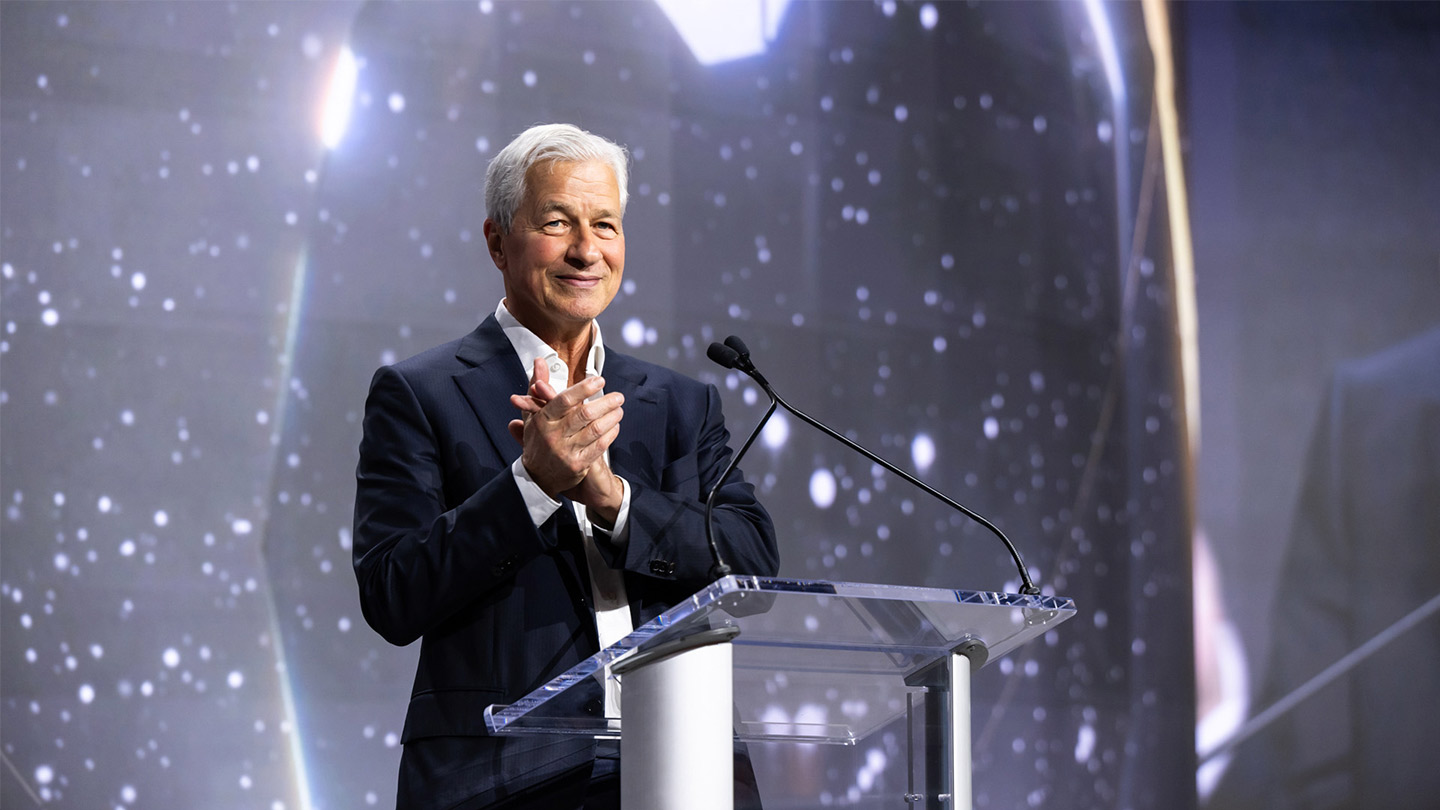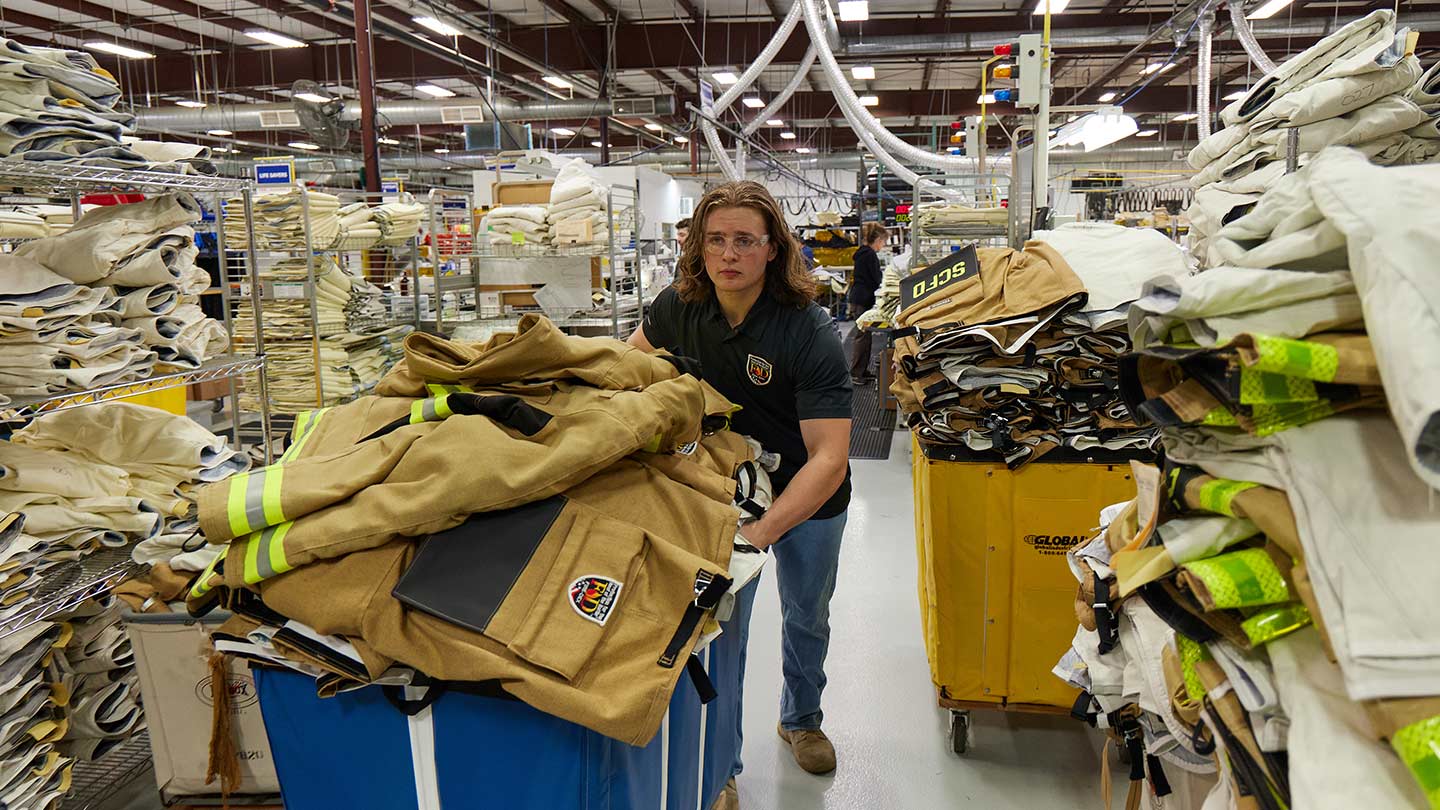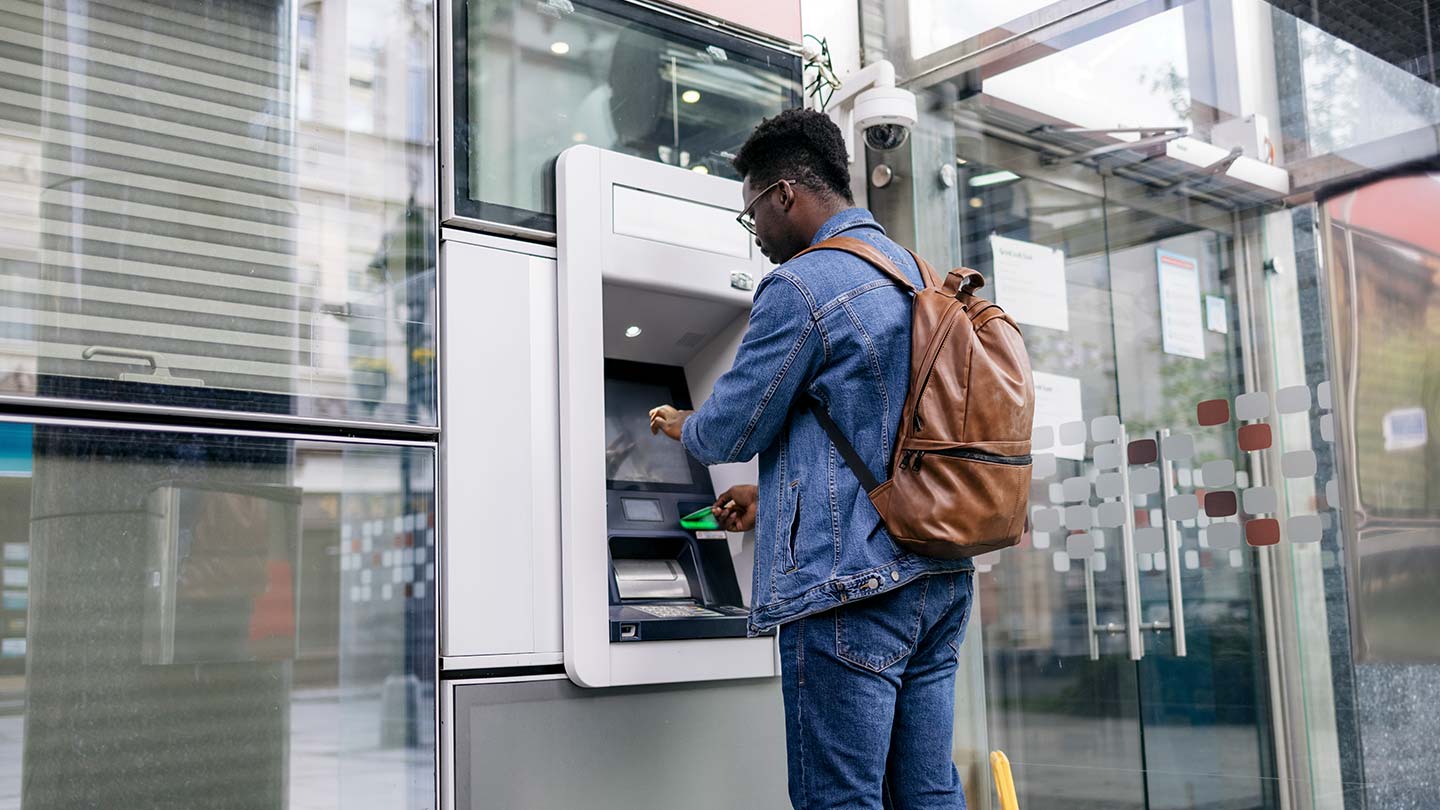In an age of rapid disruption, innovation is often thought to be synonymous with startups. However, large corporations have recognized that to stay competitive and sustain their growth, they need to take a page from the startup playbook.
Facebook, Intuit and Amazon are just a few examples of large, established companies that have thrived from adopting startup strategies. But the growth mindset isn’t enough—you have to be able to execute faster than anyone else. In fact, results from a 2015 survey by the Boston Consulting Group found that overly long development times were the most-cited obstacle to generating returns on innovation and product development.
JPMorgan Chase is well ahead of that game.
It's already broken down age-old processes, silo mentalities and slow, ad-hoc approaches, so that technologists can deliver next-generation products at breakneck speed. And despite its heft—50,000 technologists and 60 million retail customers—the technology team is working to become as nimble and disruptive as the next hot startup.
When you choose to work at a large company, you give up some control but you make it back multiple times over with scale," says Vinay Patel, managing director and a leader in the Agile transformation office of JPMorgan Chase. "The size and reach is sometimes hard to fathom—10,000 times that of a startup."
Embracing a new kind of thinking begins with minimizing waste and maximizing customer value or, as they like to say in the startup world, "be lean." Doing so accelerates transformation to the speed customers now expect.
Jump-Start Innovation
Startups are revered for their "disrupt or die" mindset. They emphasize continuous improvement and use build and test methods to ensure that products and services meet customer needs.
The same can be accomplished at large companies. JPMorgan Chase, for one, has changed the way their technologists work.
For example, at JPMorgan Chase products are not developed in a silo, instead engineers collaborate with support functions, such as legal, human resources and communications, to leverage their insights and surface new opportunities in real time. The seemingly small shift has a big impact on the speed and flexibility of the product development cycle.
Additionally, the company’s Consumer & Community Banking team uses an Agile approach to innovation. It's a concept that comes from the software world where large projects are turned into smaller, incremental projects that are then evaluated by customers. The shorter the work cycles get, the faster the ideas get to market. And teams quickly learn what their customers want and double down on it. The best part? Customers don't even notice the thousands of small improvements being made.
"Essentially we’re shifting our work to a structure where value is delivered in smaller, more frequent increments," says Patel. "This reduces risk and makes it easier to see big issues sooner, allowing the time to course correct as needed."
JPMorgan Chase has used the Agile method to improve the experience of submitting a claim and disputing a credit card charge. It's also improved the peer-to-peer gift feature of Chase's mobile app, so customers can easily send cash or a Starbucks gift card to friends and family. The flexibility of Agile allowed the team to launch e-gifting and then go back to enhance the feature based on customer feedback. From planning to market, the project took only six months—an impressive turnaround compared to traditional cycles that typically last 12 months or longer.
"With Agile, overall timelines can be dramatically reduced—we’ve seen in some cases that it has doubled speed to market," says Patel.






